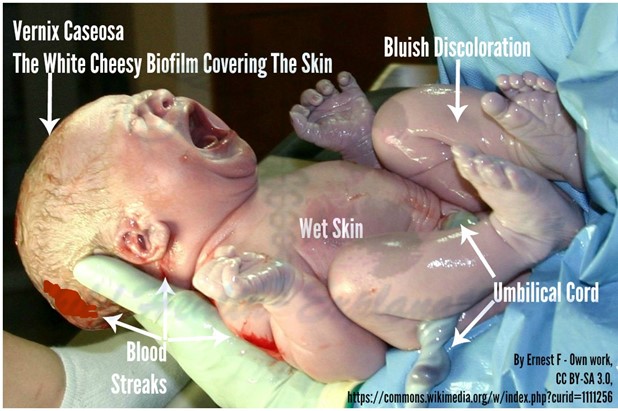Which infant would be more likely to have Rh incompatibility?
Infant of an Rh-negative mother and a father who is Rh-positive and homozygous for the Rh factor.
Infant who is Rh negative and whose mother is Rh negative.
Infant of an Rh-negative mother and a father who is Rh-positive and heterozygous for the Rh factor.
Infant who is Rh positive and whose mother is Rh positive.
The Correct Answer is A
choice A.
Infant of an Rh-negative mother and a father who is Rh-positive and homozygous for the Rh factor.
Rh incompatibility occurs when a woman is Rh-negative and her baby is Rh-positive. This can cause hemolytic disease of the neonate (HDN), a condition where the mother’s antibodies destroy the baby’s red blood cells.
Choice B is wrong because if both the mother and the baby are Rh-negative, there is no risk of Rh incompatibility.
Choice C is wrong because if the father is heterozygous for the Rh factor, there is a 50% chance that the baby will be Rh-negative and not affected by Rh incompatibility.
Choice D is wrong because if both the mother and the baby are Rh-positive, there is no risk of Rh incompatibility.
Nursing Test Bank
Naxlex Comprehensive Predictor Exams
Related Questions
Correct Answer is A
Explanation
Vernix caseosa is a cheese-like, whitish substance that fuses with the epidermis and serves as a protective coating for the newborn.

Some possible explanations for the other choices are:
- Choice B. Surfactant is a protein that lines the alveoli of the infant’s lungs and helps prevent them from collapsing.
- Choice C. Caput succedaneum is a swelling of the tissue over the presenting part of the fetal head caused by pressure during delivery.
- Choice D. Acrocyanosis is a bluish discoloration of the hands and feet due to reduced peripheral circulation.
Normal ranges for vernix caseosa are not applicable as it varies depending on the gestational age and skin maturity of the newborn. However, it is usually more abundant in preterm infants than in term or post-term infants.
Correct Answer is ["A","B"]
Explanation
Pitocin and Methergine are both medications used to manage postpartum hemorrhage (PPH) by causing the uterus to contract and reduce bleeding. Pitocin is the most effective and preferred medication for PPH prevention and treatment.
Choice C is wrong because Terbutaline is a medication that relaxes the uterus and is used to stop preterm labor, not PPH.
Choice D is wrong because Hemabate is a brand name for carboprost, which is a prostaglandin that can be used for PPH, but it has more side effects and contraindications than Pitocin or Methergine.
Choice E is wrong because Magnesium sulfate is a medication that prevents seizures in women with preeclampsia or eclampsia, not PPH.
Whether you are a student looking to ace your exams or a practicing nurse seeking to enhance your expertise , our nursing education contents will empower you with the confidence and competence to make a difference in the lives of patients and become a respected leader in the healthcare field.
Visit Naxlex, invest in your future and unlock endless possibilities with our unparalleled nursing education contents today
Report Wrong Answer on the Current Question
Do you disagree with the answer? If yes, what is your expected answer? Explain.
Kindly be descriptive with the issue you are facing.
